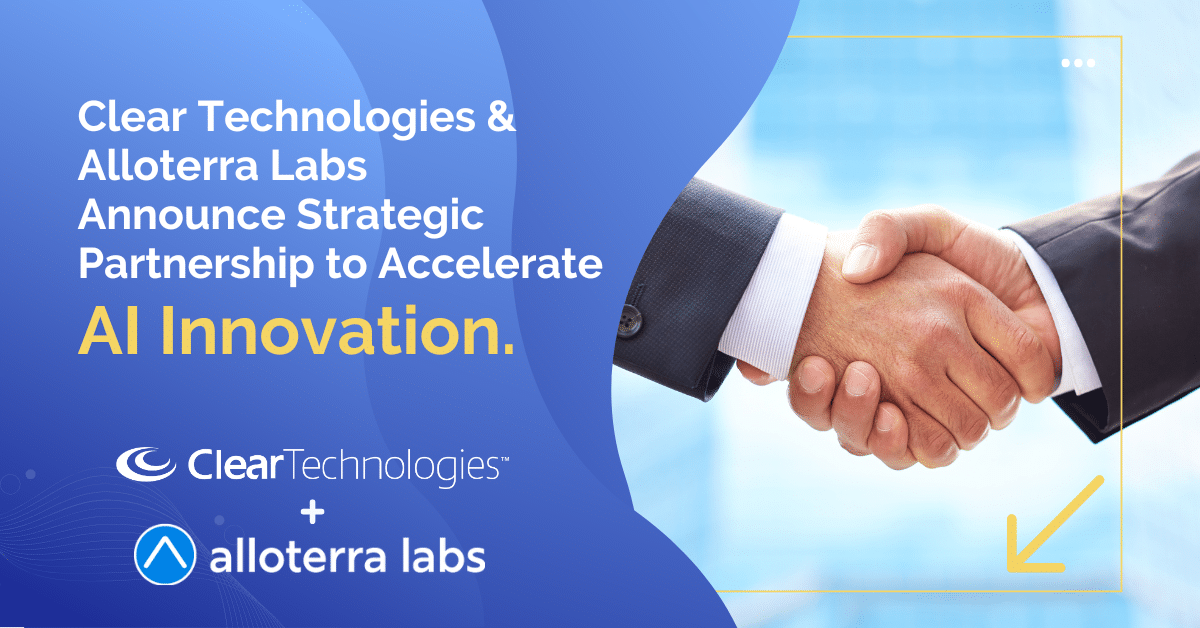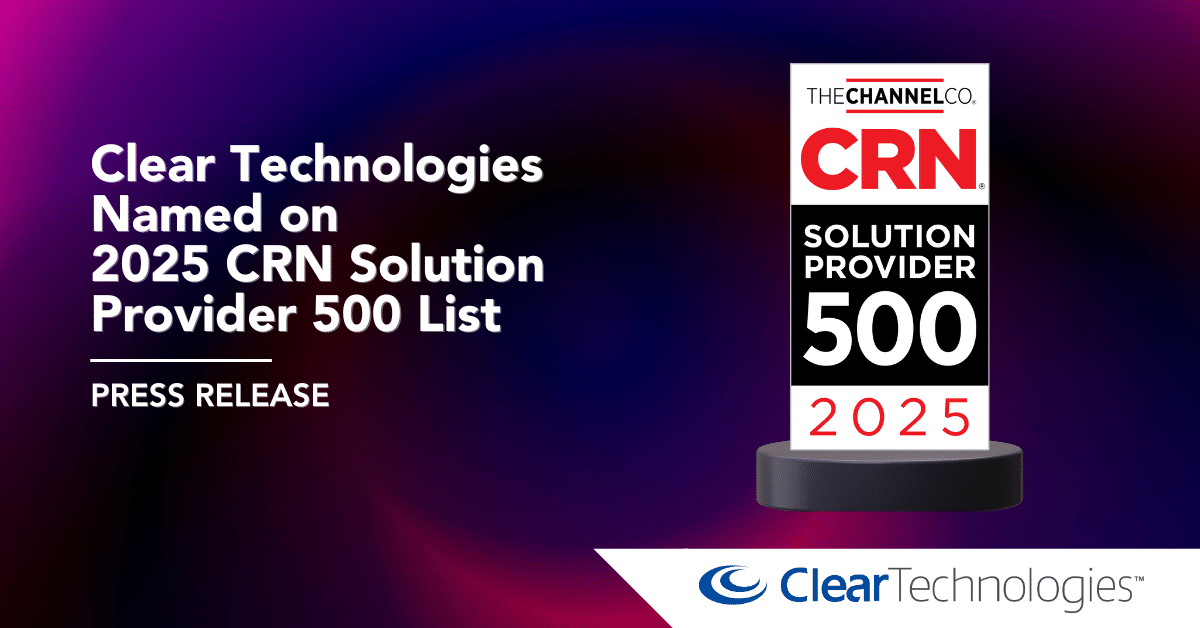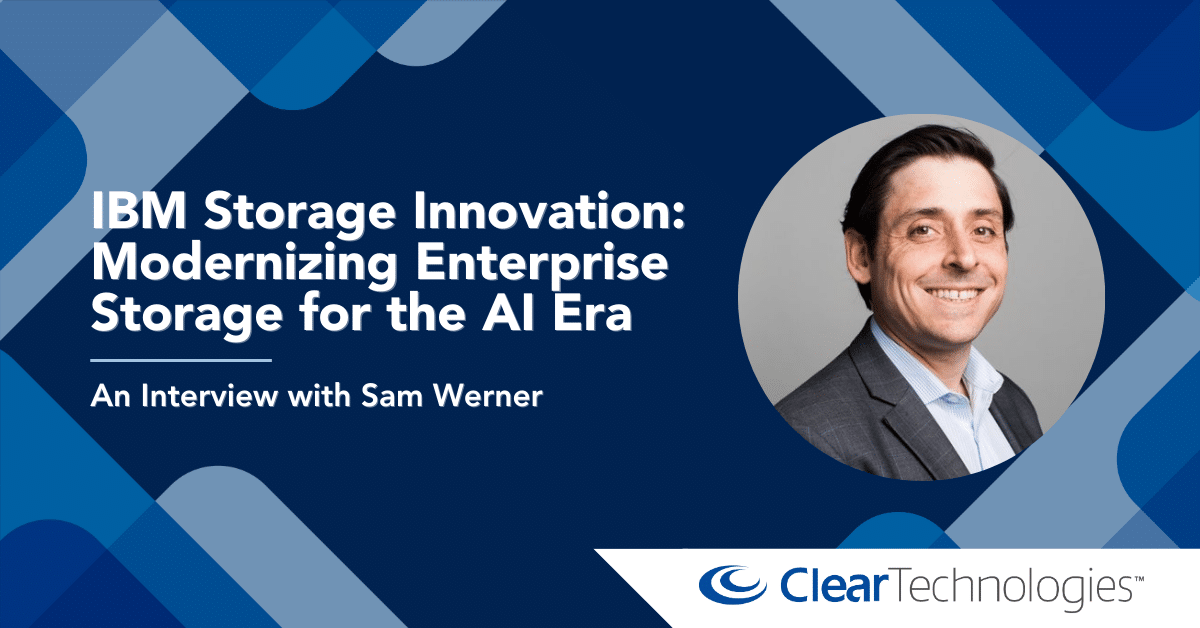Share this:
Understanding the SAP HANA implementation approach options will help your company avoid costly mistakes. Thoroughly evaluating the different options available will help your company make informed business decisions during each phase.
Part of building a business case for SAP HANA is deciding on an implementation approach. There are 3 options to explore so you can understand them and make the right choice.
Key considerations in choosing an implementation option include: who should determine the approach, the impacts to the business and to IT of selecting one approach over another, the critical differences between approaches, and what SAP says about the selection process.
SAP Big Picture
Traditional SAP ECC customers are asking how they can get to SAP HANA. SAP HANA is the platform. HANA is the database, and S/4 is the generation.
There are typically 3 ways to get to S/4HANA: new implementation, conversion, and a hybrid approach that combines the 2.
Once you get through implementation, you’re going to be faced with where it is going to be hosted: in the public, private, or hybrid cloud. That decision can be just as important because that is the foundation for how the solution is going to run. Clear Tech can help you choose the optimal hosting solution.
Once you move to S/4HANA, it’s going to run on Linux with an Intel or IBM server. The difference between Intel and Power is stark. Intel has a lot of limitations. Power is inherently reliable and flexible.
Business Case
A key part of the business case has to do with your implementation costs and your impact estimates. Estimated benefits will be dictated against a particular approach. There is a difference in cost and scope between Greenfield and Brownfield.
The Business Scenario Recommendations Report (BSR) articulates what is available, what is not, and how it impacts your business. The BSR largely anticipates a Greenfield approach. Clear Tech is independent of the SI, so we will help you make a decision without being influenced by the fact that a Greenfield is a much bigger project for an SI.
It benefits you to run a Technical Assessment. There are a number of tools for running an assessment and they present the details differently. It’s important to figure out which of the tools is the best for your needs. The Technical Assessment gives information on what code needs to change, the impact, and the level of customization needed.
Combine findings of the BSR and Technical Assessment, as well as change impact from business leaders, and a picture will start to emerge.
Importance of the Approach
The approach should be a business decision. The business should define and articulate the need. IT should put forth impacts aligned to the defined process. There has to be a close relationship between IT and the business. A small segment of the business may decry the move to SAP HANA and the need to re-implement and redo everything.
The strategic plan will include process drivers. Why are you choosing one approach over another, and what are the business impacts? Have these decisions been included in the documented requirements? Who owns the documented requirements? They are owned by whoever has the project management role. Not documenting this is a failure on the business side.
ERP systems are built to facilitate and enable business growth, not IT control.
Defining Questions
The first step in choosing an approach is building requirements. To do so, you need to ask some questions:
- Does your system meet your current and defined future business needs?
- Are you sensitive to change and the associated costs?
- Do your current processes meet business and compliance needs?
- Do you need legacy data for business use?
- Do you have significant costs for maintaining customization?
- Do your processes align closely to accepted industry practices?
- Is your current ECC system ready to move to S/4HANA?
Are all the Approaches Created Equal?
One common thread that runs through all the approaches is that, when you are finished, your SAP system will continue to drive change.
Bluefield Approach is covered first because Clear Tech has never known an implementation that hasn’t eventually gone through change. Even if you started as a Greenfield, you will move to a hybrid approach because the decision to go Greenfield is often colored by emotion. Bluefield is somewhere between the Greenfield and Brownfield approaches. It saves the value of the existing solution but gives more flexibility for the definition of the go-live phase, reducing the downtime needed.
Greenfield Approach is for customers that want to take advantage of S/4HANA to re-engineer their processes and implement a brand-new solution, reducing the level of customization while realizing that they will also lose their historical transaction and master data. This data will be recaptured through daily processes. There is a data migration tool, but it adds cost to your plan.
Brownfield Approach is a migration. It populates the tables with data from your existing systems. This is an approach for customers that want to leverage their existing solution, save their historical data, and rapidly convert to S/4HANA. It minimizes testing. The Brownfield approach will affect business users the least. It puts a foundation in place to adopt innovation at your pace.
Greenfield Is a Revolution
Greenfield is a new implementation. As such, it is the most disruptive approach. It consumes the largest amount of business time. The business must be integrated, and while it is being integrated, the business team can’t do its job.
Greenfield also causes the largest loss of legacy data within the SAP landscape. You can try to move your own data using the data migration tool, but this approach is expensive.
Essentially, your company is starting over. Is your SAP system that bad? Are you out of compliance?
Brownfield Is an Evolution
Brownfield is a migration, so it is more transitional. This approach causes the least amount of disruption. The system is pretty much the same as it was.
Brownfield consumes the smallest amount of business time. You’re not re-engineering your processes, except there will be deprecation with merged transactions. Those must be remediated. Clear Tech can walk you through this.
There is minimal loss of legacy data within the SAP landscape. The Brownfield approach is the least expensive because it has minimal impact. Your company moves what fits into the new S/4HANA environment.
Bluefield Is Managed Evolution
There are 2 ways to take a Bluefield approach. One is hybrid with BPR. This approach is a migration/transition with a Selective Process rework. This approach involves some disruption based on the need. Business time requirements vary. There is some loss of legacy data within the SAP landscape. The cost of this approach could be extensive and close to that of the Greenfield approach. Your company moves what fits into the new S/4HANA redesign processes that improve efficiency or that cost money to maintain customization.
The second — and preferable — way is hybrid phased. This Bluefield implementation begins with a Brownfield approach and goes through a phase 2 redesign of selected business processes. The resource time impact is controlled as is strategic spend. Your company is able to retain legacy data and functionality. Business benefits are quickly realized.
Comparing Paths to SAP S/4HANA
Key questions influence your choice of transition scenario.
Do you want to keep your solution enhancements or your transaction data history? When you ask this question, people get emotional. If yes, you are heading toward Brownfield. If no, you are heading toward a new implementation.
Does your system fulfill all conversion prerequisites? If yes, take a Brownfield approach. Be sure to take care of these prerequisites because, if you don’t, you’re heading for a Greenfield.
Do you need a phased business roll-out? If yes, you need a Greenfield. You’re probably not using ECC much. If no, you can do a migration.
Do you need a renewal of your complete ERP solution? Is it so bad that the IRS is breathing down your neck? Do you need to close your books down numerous times? If yes, then you need to choose Greenfield.
How do you perceive your current system? If you perceive it as an innovation blocker, go Greenfield. If you perceive it as a key asset, choose Brownfield. This perception depends on who you ask. Business perceives it as a key asset, while IT thinks things can be done better.
A Preconceived Notion
Customers think that S/4HANA isn’t feature-complete. They need to consider what version they are looking at. Each time a release happens, you need to rerun the BSR. New features are available and features are renamed and moved to different areas of SAP.
Most customers are only using 25% of their customizations. They need to consider the impact of their testing and how the Brownfield approach requires much less testing than Greenfield.
When deciding on an approach, start considering what needs to be deprecated and customized. Which use cases in your industry require you to do things a certain way and how much testing needs to take place?
S/4HANA Journey
Stage 0: Go through the Business Case. Value crowd insights. It won’t help to have one member of the business advocating for the entire business. You want to get users from each business process area to talk about their experiences. This discussion should be driven by the business or hardware vendor but never the SI.
Stage 1: Move to Unicode. Look at what breaks, how to fix it, and what to test. Enable a new GL. It is simpler to do this before conversion.
Stage 2: ECC6 EMP7 Upgrade. Look at what would break, how to fix it, what to test, and functional testing.
Stage 3: Suite on HANA (SoH). Today, customers shouldn’t go to SoH, because there are no savings as far as a migration. Save the money and put it toward the predecessors.
Stage 4: Implement S/4HANA Simple Finance (sFIN). Take baby steps to get ready for S/4HANA. Many of these steps are not affected by your approach and do not affect your approach.
Key Takeaways
The selection of the implementation approach should be a business decision and should be made by those who face customers.
The impact of the approach is often underestimated. Impacts include transactional data loss, master data loss, extra cost for data migration, and effect on customers when information is left behind.
The 3 approaches are very different. SAP has provided options within the process to assist you in moving safely. Clear Tech understands that the system keeps changing, so a Greenfield approach may not provide much value.
Clear Tech offers no-cost workshops and assessments to help you get started on your SAP HANA journey.
Get unbiased advice on your approach to SAP HANA implementation. Schedule a Readiness Assessment with Clear Tech.



